Often one encounters terms such as ‘Hindi GEC’, ‘FTA channels’ and ‘DDFD’ when reading through DreamDTH news articles or forum threads. While long-term readers are familiar with such terminology, those new to the ways of the Indian TV industry may find them confusing at first glance. In this article — the first of a series of ‘explainer’ articles that will culminate with a detailed analysis of the grand merger of Zee and Sony — we explain the various types of entertainment channels that air in Hindi, the most widely spoken language of India, and also the biggest contributor to channel ratings as well as OTT viewership. This will help to paint the broader picture of the Indian TV industry, and how major events like the merger between Zee and Sony or the investments in Viacom18/Reliance Industries will drastically reshape the industry.
The article is divided into 5 parts for simplified and detailed explanations. You can check and navigate to different pages using the below given Table of Contents –
- Page 1 : A brief glossary of commonly encountered terms
- Page 2 : Overview of Hindi GECs
- Page 3 : Smaller Pay GECs
- Page 4 : Free-to-air GECs
- Page 5 : Doordarshan channels
This article covers the Hindi GEC genre, one of the largest and most popular genres, as well as Doordarshan channels, while other genres are covered in separate articles.
A brief glossary of commonly encountered terms
BARC
Broadcast Audience Research Council is the rating agency that has been in operation since 2015, replacing the previous TAM (Television Audience Measurement) system. Its TV ratings are based on samples of a few lakh meters installed in Indian household TVs, and readings from those meters are extrapolated to account for viewership across the whole country — an approach that has several merits and demerits.
DDFD
DD Free Dish, the free-of-cost satellite TV platform run by Doordarshan that primarily targets rural viewers across the Hindi Speaking Market, as explained below. Viewers of DDFD are entirely concentrated in states north of (and including) Maharashtra, so viewers in South and East India are not likely to use DDFD.
Channels on DDFD consist of Doordarshan’s own channels; some dedicated channels from big commercial networks like Star, Zee and Sony; channels from free-to-air broadcasters like Enterr10, B4U and Shemaroo; national Hindi news channels; regional channels from Hindi-speaking states (including Bhojpuri channels); state educational channels such as the Swayam Prabha and Vande Gujarat channels; a few international channels; and All India Radio stations. Channels from certain other regional languages (notably Punjabi and Marathi) are present as well. Some channels are shared from Dish TV or Sun Direct due to the closeness in their satellites.
FTA
Free-to-Air. This term typically includes both channels that cost ₹0 on pay DTH platforms (for example, several news channels, as well as entertainment channels from smaller broadcasters) as well as channels from big commercial networks that are available on DD Free Dish but cost money (however small) on pay platforms, such as Star Utsav Movies, Zee Anmol and Sony Wah. Strictly speaking, it should include only the former category of truly free channels, but informally it includes the latter category as well.
GEC
General Entertainment Channel, the most popular type of TV channel in India. GECs typically air entertainment shows such as serials, reality shows and occasionally movies. Indian GECs typically do not air news, unlike in most other countries around the world where news makes up an important part of the schedules of the largest entertainment channels. Exceptions are DD National, Sun TV and ETV, which continue to air news bulletins and programmes.
HSM
Hindi Speaking Markets, the subject matter of this article, which are concentrated in the broader Northern Indian region, covering states such as Uttar Pradesh, Madhya Pradesh, Bihar, Rajasthan, Haryana and Himachal Pradesh, and to a lesser extent other states like Punjab, Gujarat and Maharashtra which have a non-Hindi language as their primary language. This includes both big cities like Delhi and Mumbai and smaller cities like Jaipur, Lucknow and Patna, as well as rural areas. To some extent, Bhojpuri channels — popular in Bihar and Jharkhand — may be considered part of the HSM as well.
MIB
Ministry of Information and Broadcasting, the Government agency overseeing the administration of rules and regulations governing broadcasting and mass media in India. Of particular interest to this news website, it is responsible for granting, renaming and revoking channel licences.
NTO
New Tariff Order. This is a pricing scheme for all TV channels that was originally mandated by the Telecom Regulatory Authority of India (TRAI) in February 2019. Broadcasters and operators came up with bouquets and packages covering various types of channels, as well as a Network Capacity Fee (NCF) that set the minimum fee payable by any pay DTH customer even if his or her selected channels consisted only of free-to-air channels.
Its revised implementation, entitled NTO 2.0, was first proposed in January 2020 and has promised more benefits for customers, but concerns from broadcasters have forced TRAI to push its deadline repeatedly, and its current status is on hold.
RIO
Reference Interconnect Offer, a formal listing of channels by a broadcaster that states the à-la-carte prices of each channel and the broadcaster bouquets that it will be placed in.
This document is also an opportunity for broadcasters to announce the launch of new channels and the shutdown of existing underperforming channels, such as what Disney Star announced in October 2021. (It is a different matter, though, that most of these changes remain indefinitely postponed almost a year later, with the exceptions of Pravah Picture and Star Kiran, as well as the rebranding of Marvel HQ to Super Hungama.)
TRAI
Telecom Regulatory Authority of India, a Government regulatory body that is responsible for regulating the telecommunications sector in India. Notably, it has been responsible for the implementation of the New Tariff Order framework and NTO 2.0, after discussions between it and broadcasters, TV platforms and consumers.

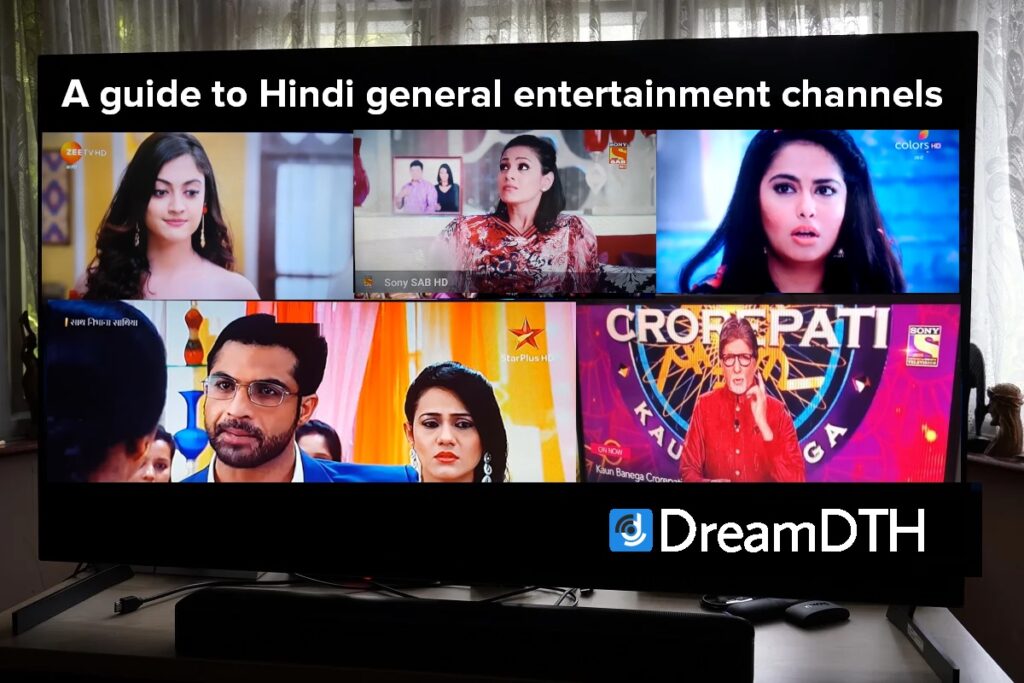

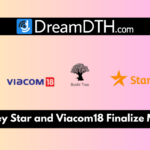

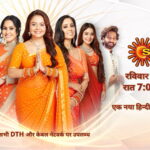
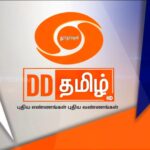
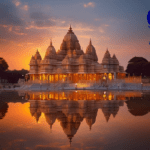

No replies yet
Loading new replies...
Join the full discussion at the DreamDTH Forums →